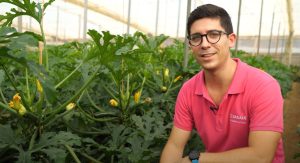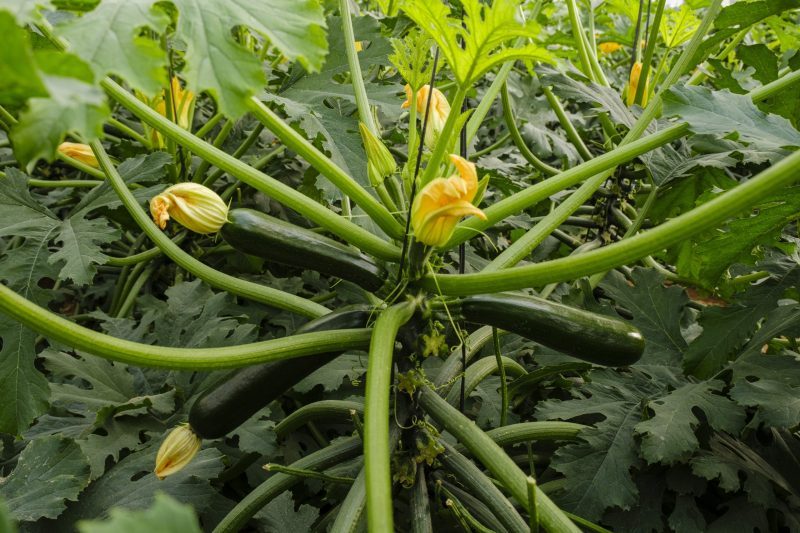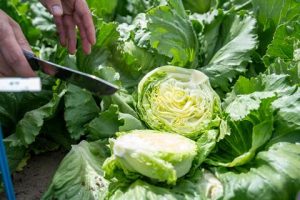The seed company Sakata presents KAI, a zucchini developed to meet the main demands of greenhouse growers in Almería: increased production, reduced labour, and, above all, resistance to the dreaded New Delhi virus (ToLCNDV). This is the company’s first variety to incorporate intermediate resistance to the virus—a key breakthrough in a context where this disease continues to impact zucchini cultivation in the province.
“KAI is, without a doubt, the most profitable greenhouse zucchini variety in Almería for early transplants and late spring cycles,” says Cecilio Fernández, Product Promoter for zucchini and cucumber at Sakata. Its edge over the competition lies in combining high productivity with labour cost savings.
KAI offers an open plant habit and upright stems, making all greenhouse tasks easier. Thanks to this architecture, trellising is less frequent and harvesting becomes faster and more efficient, allowing fruit to be picked effortlessly. Moreover, the fruit can be harvested by ‘pinching’, which prevents mechanical virus transmission and ensures a healthy, high-quality crop.
“KAI fruits curve less than other varieties at the end of the crop cycle, contributing to excellent fruit quality throughout the entire production period,” Fernández points out.
Resistance to New Delhi virus
One of the key factors for profitability in Almería is KAI’s resistance to New Delhi virus. “KAI is our first variety with this intermediate resistance, and we are working to continue expanding this along with other key resistances for the sector, such as CMV, PRSV, ZYMV, and WMV, among others. Sakata’s goal is to ensure increasingly profitable varieties tailored to current market and grower demands across all production cycles.”
RELATED NEWS: I Open Winter Brassicas Days by Sakata
Another advantage of KAI is its adaptability. It is a versatile, all-terrain variety that guarantees high yields for different grower profiles and planting dates within the recommended range.
Sakata continues to expand its portfolio and will present a new complementary variety at the end of September and October, designed for earlier transplant cycles (from July 15 to August 10), further enhancing the range of alternatives and solutions offered to its clients.
















